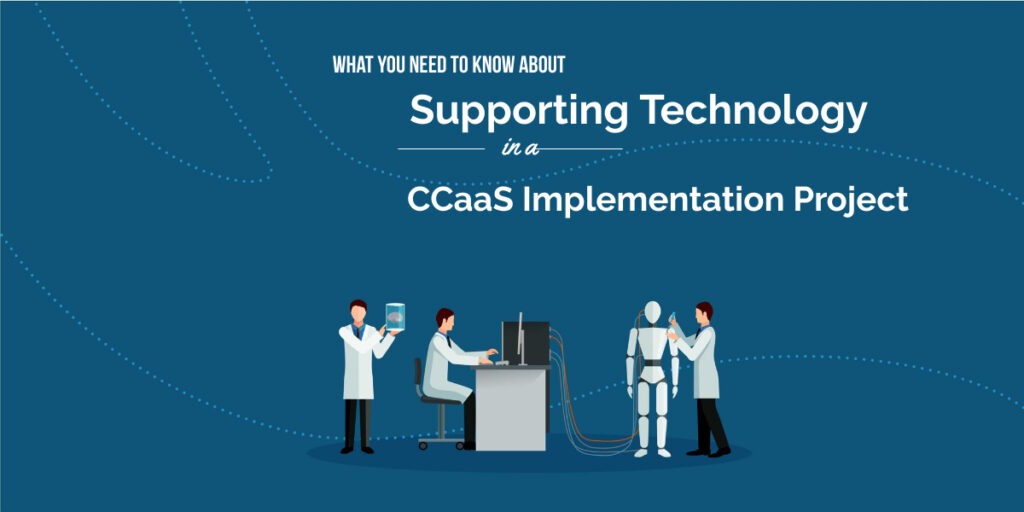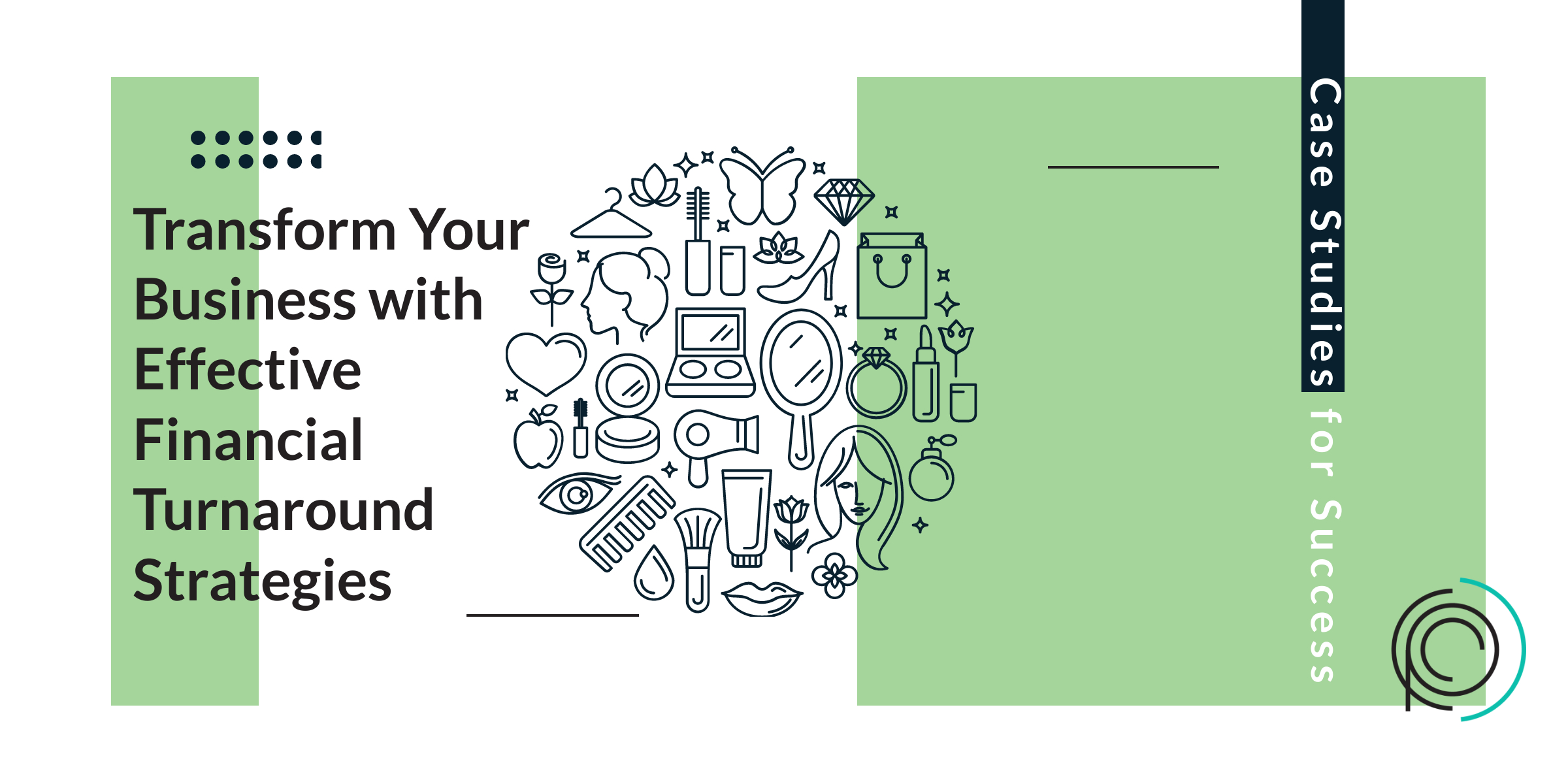Transforming Customer Engagement: Harnessing CCaaS for Competitive Advantage and Operational Efficiency
To remain competitive and provide exceptional customer service, companies must embrace new technologies and streamline their processes. This requires a willingness to adapt and evolve, as well as invest in the right tools and resources. CCaaS, or Contact Center as a Service, is one such technology that can greatly benefit organizations looking to improve their customer service capabilities.
CCaaS offers a cloud-based solution for contact centers, allowing them to handle customer interactions through multiple channels such as phone calls, emails, live chat, and social media. This not only improves the overall customer experience but also enables contact centers to handle a higher volume of interactions efficiently.
Implementing CCaaS can also lead to significant cost savings for organizations. With a cloud-based solution, there is no need for expensive infrastructure or hardware investments. Additionally, CCaaS offers scalability and flexibility, allowing businesses to easily adjust their contact center operations as needed without incurring additional costs.
Furthermore, CCaaS provides advanced analytics and reporting capabilities, giving organizations valuable insights into customer behavior and trends. This can help businesses make data-driven decisions to improve their customer service strategies.
However, choosing the right CCaaS provider is crucial for success. Organizations should research and evaluate different providers based on their specific needs and objectives. Factors such as reliability, security, integration capabilities, and customer support should all be considered.
In addition to implementing CCaaS, organizations must also focus on re-engineering their processes to fully optimize the benefits of this technology. This may include streamlining workflows, providing comprehensive training for employees, and continuously monitoring and analyzing performance metrics.
Overall, embracing CCaaS can greatly enhance customer service capabilities and help organizations stay competitive in today’s fast-paced business landscape. By investing in the right technology and continuously improving processes, companies can build a strong foundation for success and ensure customer satisfaction.
Continue to evolve, adapt, and captivate your customers. Your business triumph hinges on it. The opportunities with CCaaS are boundless, so step into the league of accomplished enterprises leveraging its advantages. Don’t delay – embrace CCaaS now and lead the way in this dynamic business environment.
Defining CCaaS and its benefits
CCaaS is a cloud-based technology offering that helps businesses manage and maintain customer contact experiences. It does away with traditional call centers helping to streamline processes. It’s a major technological reform for call centers and requires many steps and resources to implement. Trying to use new technology without addressing the antiquated processes (steps and tasks) will cause an unsuccessful implementation. Before beginning, you should discuss supporting technology such as CRM systems, document repositories, and scheduling assistance stacked into your new upgrade.
CCaaS offers numerous benefits for organizations, including:
- Improved customer experience: With CCaaS, customers can reach out to a business through various channels and receive consistent, high-quality service.
- Increased efficiency and productivity: The cloud-based nature of CCaaS allows for easier collaboration and communication within the contact center team, leading to higher productivity levels.
- Cost savings: By eliminating the need for expensive infrastructure and hardware, CCaaS can significantly reduce operational costs for organizations.
- Scalability: CCaaS allows businesses to easily scale their contact center operations up or down as needed, without incurring additional costs.
- Advanced analytics: With built-in reporting and analytics features, CCaaS provides valuable insights into customer behavior and trends that can inform strategic business decisions.
CCaaS adoption aims to enhance consumer experiences while offering capabilities to the internal business, such as AI-driven data, reporting, and exceptional customer experience with modern features and capabilities. The key to implementation success is considering people, processes, and augmented technology as essential components of this technological reform. By understanding the unique needs and objectives of your organization, you can choose the right CCaaS provider and effectively re-engineer processes to fully harness its benefits. Take advantage of this powerful technology and stay ahead in today’s competitive market. So, don’t wait any longer – embrace CCaaS now and pave the way for success.
A change starts with a need and begins with people.
Once a company has realized the need for change, whether small or large, the next step is getting the employees onboard. It can be a challenge to retrain employees, build their capacity, and prepare them for new software and systems, but they will be the reason if it becomes a successful migration. It’s recommended to work with an expert to save you time, money and help you train your employees for the new simplified workflows, platforms, and expectations. It’s great when done right. It’s a great chance to involve the team and get their opinions on current processes. Collaborating with employees will facilitate buy-in, where they begin to see how CCaaS can make their jobs easier and more effective. By building a solid foundation for change, your organization can smoothly transition into the use of CCaaS and reap its benefits in customer service delivery.
The Processes – In a business reform
Understanding the data, support systems, and the agent’s actual processes, will help you to address the root cause of these business issues. A process map is a helpful tool, often used by business operations professionals, that makes it easier to understand the current processes and helps drill down which systems serve what purpose, shows the manual workarounds, and points out the vulnerabilities. Once you have a clear understanding of your current processes, it becomes easier to identify which areas need to be re-engineered or streamlined in order to fully optimize CCaaS.
This is a valuable aspect of technological reform, and how process mapping can answer many questions about why the business is experiencing these symptoms. It’s also a great way of identifying where CCaaS will be most beneficial, and how it can be integrated into current processes to enhance efficiency and effectiveness.
CCaaS implementation is not a one-time event but an ongoing process that requires continuous monitoring and improvement. By regularly analyzing performance metrics such as call volume, customer satisfaction, and response times, organizations can make data-driven decisions to further optimize their CCaaS operations. In addition, regular training for employees on the latest features and updates will ensure that they are leveraging the full capabilities of CCaaS.
CCaaS is a game-changing technology that can revolutionize the way businesses handle customer interactions. By understanding its benefits, involving employees in the change, and thoroughly assessing and optimizing current processes, organizations can lead the way in this dynamic business environment. So why wait? Embrace CCaaS now and stay ahead of the curve! Let us help you make your migration a success – contact us today to learn more.
Supporting technology is a must.
An organization should augment its current IT infrastructure and software to make employees comfortable with newly implemented software. It’s also important to consider the supporting technology you select that will work in tandem with your new CCaaS like your Customer Relationship Management system or CRM, appointment setting tools, document management systems, and any other related software that will support your team in doing their jobs. This will ensure a seamless integration of CCaaS into your business processes and help maximize its full potential. Additionally, investing in reliable IT support and training for employees on the new technology can greatly aid in successful implementation and ongoing efficiency.
Increase your odds of a successful migration to CCaaS.
A business cannot start an effective change initiative if it cannot identify the need at the right time. False starts, otherwise known as failed executions, account for more than 50% of an unsuccessful project. This happens when the organization isn’t ready for such an initiative, hasn’t hired an expert to help plan and execute it, and isn’t willing to adopt the project in its entirety. These failures can cost hundreds if not millions of dollars and could cost leadership their jobs if not planned and implemented correctly. Don’t let your organization become one of these statistics – take the necessary steps to ensure a successful and smooth migration to CCaaS.
CCaaS is more than just a technology upgrade. It’s an opportunity for businesses to improve their customer service delivery, streamline processes, enhance employee efficiency, and ultimately drive success. By involving all stakeholders in the implementation process and thoroughly assessing and optimizing current processes, organizations can pave the way for a successful CCaaS migration. So don’t wait any longer – embrace CCaaS now and see the positive impact on your business.
In my experience, choosing the right CCaaS solution, along with the appropriate supporting technology, cuts your chances of an unsuccessful rollout by half. Remember, processes need to be re-engineered to make sense with the technology upgrade.
Behind the scenes vs. what the customer sees
During the migration to CCaaS, minimal disruption to the business and its customers is best. Why? Well, you never want your customer to feel the difference of any adjustment in your business, even if it will benefit them in the end. This requires careful planning, implementation, testing, and launching of all supporting systems involved with expert precision. After it’s finished, you can share the news to your customers about the upgrade you’ve made, if you so choose. However, if done correctly, they won’t even notice the change – all they will experience is improved customer service. Behind the scenes, however, you have revolutionized your processes and set a strong foundation for future success.
Our overall takeaway
Business operations experts provide the right guidance from evaluating the need for a change, the right programs, and services to creating sustainable change. CCaaS is a powerful tool that can significantly improve customer service delivery and business efficiency. By understanding its benefits, involving all stakeholders in the implementation process, and optimizing current processes, organizations can successfully migrate to CCaaS and reap its full potential. With the right approach and support, businesses can stay ahead of the curve in this dynamic business landscape.
The following questions may help you assess your strategy for a successful CCaaS upgrade:
- Is the existing technology compatible with the newly implemented software?
- Do we have accurate data to manage our results and customer experience (CX)?
- Is our current IT infrastructure able to support a growth model of business?
- What kind of supporting technology do we need to be successful?
- Have we assessed our technology stack to ensure it still makes sense for our business?
- Are there any technologies that we currently use that we have outgrown or are no longer able to support our future state?

About the Author:
Cornerstone Paradigm Consulting, LLC is an industry-agnostic business operation consulting that goes beyond the symptoms to get to the root cause of business issues.







